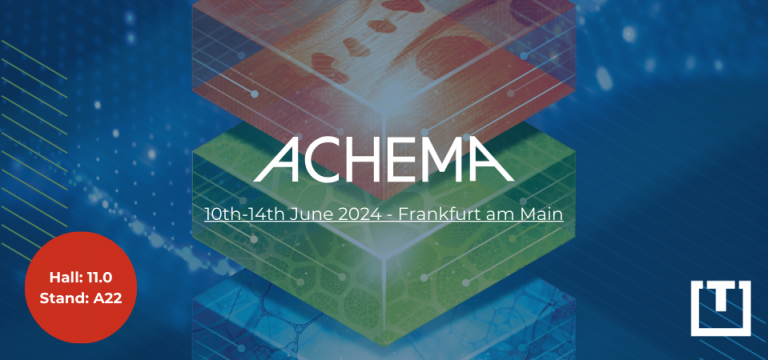Wind industry can benefit from electronic systems
Electronic access control systems generally have advantages that provide a higher level of security than mechanical systems with physical keys. This also applies to the access to wind turbines. Advantages include the power of the keys and key management, the process when keys get lost, as well as transparency on access.
Power of the keys and key management
When using a locking system with traditional keys, wind farm operators do not have an overview of who has a key – especially not with regard to the general keys handed out by turbine manufacturers. As opposed to this, electronic systems provide full transparency on access rights in a single platform. Operators can decide who may access which turbine at which time.
Also, key management becomes much easier when using electronic systems. Sometimes it can happen that technicians or independent experts receive a key to a single turbine or a wind farm and forget to hand it back after they have completed the job. Not in every case the missing key will be noticed. Electronic access control systems do not require a key handover (which by the way is usually done via mail which costs time and money). Instead, they allow to open tower doors from remote after the team has registered via phone. Alternatively, the operator can provide the technicians with a temporary PIN that can only be used for the relevant wind turbine.
Loss of keys
Electronic access media such as PINs, transponders, access cards or smartphone apps can be disabled when lost. In case of physical items as transponders or access cards, whoever finds it cannot use it. In order to minimize the risk of finding the access medium it is an option to use individualized, transaction-based PIN codes. Such procedures are already being used e.g. in online banking.
When losing a traditional key, every locking cylinder has to be exchanged. This will take a lot of time and also cost a significant amount of money. In the wind industry, exchanging locks has probably happened only in a very limited amount of cases, if at all. In addition, the time between key loss and lock exchange is a risk: during this time period, whoever finds the key can enter the turbine.
Transparency on access
Electronic systems enable real time monitoring of the tower door via integrated contacts. Entering the wind turbine without the operator knowing becomes impossible. If technicians are time-pressured and need to visit many turbines on a day, it can also happen that they forget to close and/or lock the tower door after they are finished. This is a liability risk for the operator. An operator that uses an electronic access management system will be able to see whether the door has been closed and locked. Additionally, IntelliLock uses self-locking security locks that lock automatically when the door is closed.
Mechanical systems do not provide that kind of transparency. Wind farm operators have to rely on their service teams and that they follow the process of registration by phone before entering a WTG. Also, when they leave the turbine, the operator has to trust that they close and lock the door – he has no means of control.
Power failures are not an issue
Purely electronic access control systems have to be supplied with electrical power either via direct supply or with a battery. If the power is lost, doors cannot be unlocked unless there is a backup system.
Modern electronic access control systems either work with a backup battery pack (so-called uninterruptible power supply / UPS units) or can be opened with a metal key in emergency cases. IntelliLock offers both options and notifies you when there is a power failure and the backup battery is being used. What is important is that when using metal keys, operators use their own locking cylinders. If they continue to use the locking systems installed by the turbine manufacturer, there is a big risk that the service technicians keep on using their keys out of convenience.







